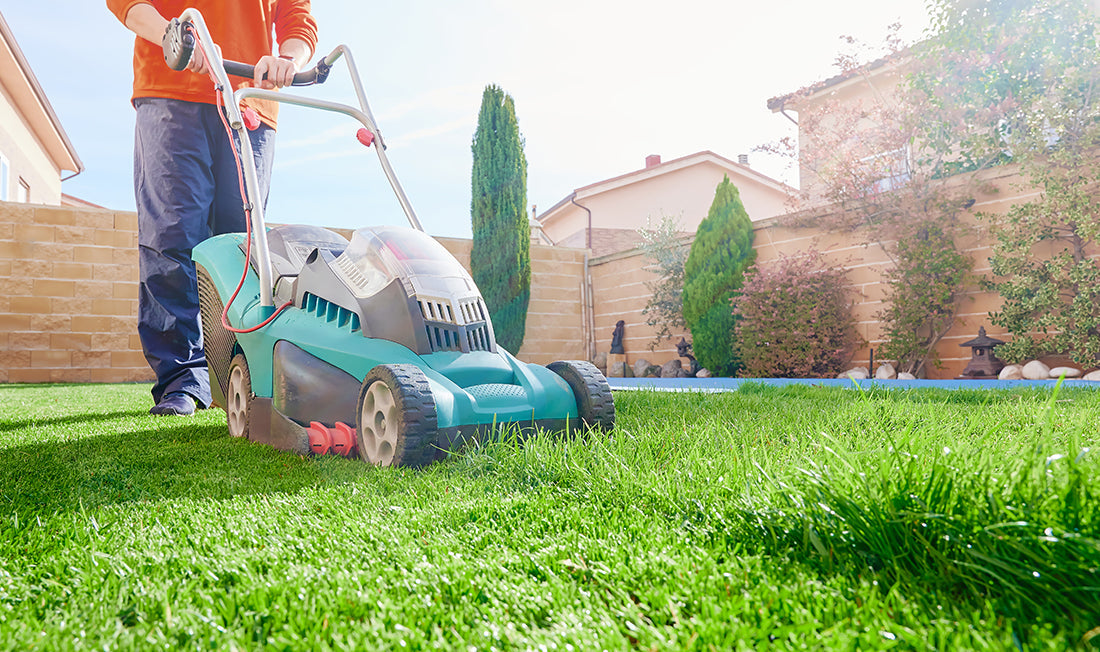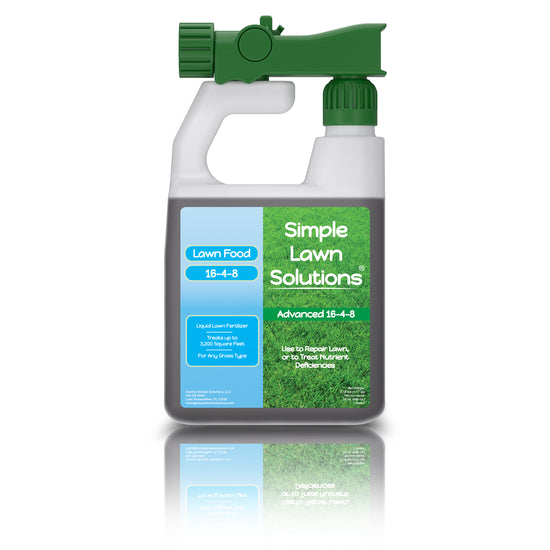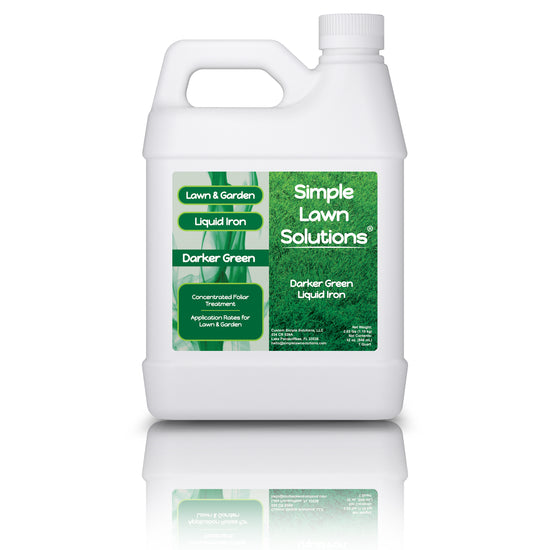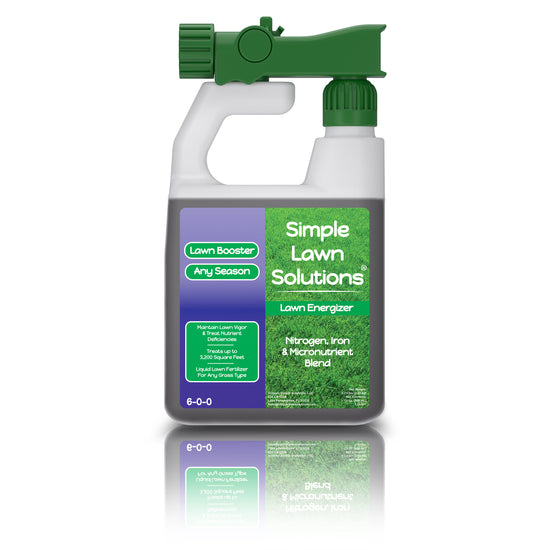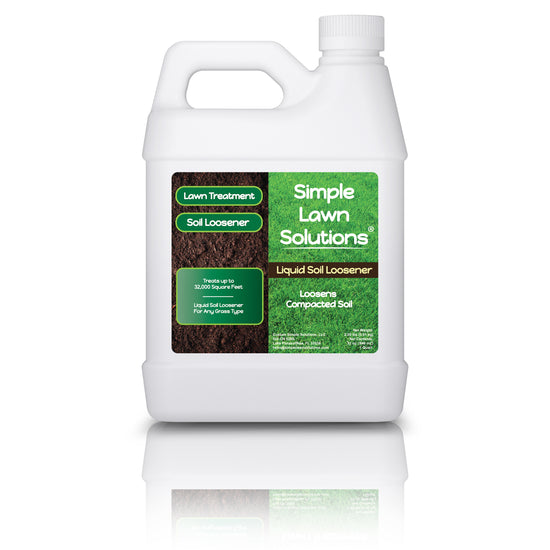Mowing is one of the most beneficial or most damaging maintenance practices performed on your lawn. The decision on how high or low you mow your lawn depends not on personal desire but on your grass type. Some turfgrasses require being mowed at a lower height to perform best, while others require mowing higher. Let's discuss the different types of grasses and the proper height of cut.
Low Mowed Turf Heights
A low-profile turf can be beautiful if performed on the correct type of grass. Hybrid Bermudagrasses can be mowed between ½” and 1.5”, while most cool-season grasses require mowing between 1” and 3”. Dwarf and ultra-dwarf Bermudagrasses can be mowed as low as 0.080" – 0.125" but are predominantly utilized on golf course putting greens, fairways, and sports fields. These turfs on a home lawn require high maintenance, so they are aesthetically pleasing and perform as designed, but required and must be done so with specialized mowers.
The Advantages of Mowing Low
Low mowing reduces the leaf canopy, smooths the surface and can also increase shoot density. Many turfgrass species respond to low mowing with increased tillering, lateral shoots, and canopy density. This creates a tighter surface canopy and a more resilient turf capable of withstanding wear and compaction.

Low mowing creates a uniform surface with a detailed and manicured appearance. Mowing patterns can be more defined, such as with putting greens or sports fields, and more visual quality can be observed on certain turfgrasses. Frequent low mowing can discourage coarse bladed weeds like crabgrass, goosegrass, and tall fescue when blended in acceptable turf. Low mowing on grasses like bermudagrass can also stimulate horizontal growth, assisting in recuperation and stability. When lower mowing takes place, there is additional light penetration, which can reduce leaf moisture and lower the disease risk in humid regions when managed correctly. Leaf tissue regenerates more rapidly with lower mowing as this will keep foliage younger, greener, and more aesthetically pleasing.
The Disadvantages of Mowing Low
Some grasses don’t tolerate low mowing and respond negatively when performed. Shallow rooting will occur and can put additional stress on the grass plant. When the leaf tissue area is limited, grass plants utilize most nutrients in the leaf tissue and less in the root system. As mowing height decreases, root depth decreases.
Reduced root mass reduces the amount of moisture within the soil and less nutrient absorption. More frequent irrigation is required to keep the grass plant hydrated. Therefore, more spoon-fed nitrogen applications are needed to maintain a nutrient balance in the grass plant. Additionally, careful potassium and micronutrient applications are required for increased stress tolerance.
Grass mowed lower has a higher stress sensitivity to outdoor environment factors. There is an increased evapotranspiration due to a reduced turfgrass canopy. With the reduced turf canopy coverage, there is less insulation to cover the plant's crown. Colder weather reduces carbohydrate reserves for overwintering, making it more susceptible to winter damage. When high traffic is added to the grass plant in this situation, the cushion over the plant's crown is reduced, and increased wear occurs. Therefore, low mowed turf is less resilient and more prone to damage.

Thatch buildup and increased thickness are other issues associated with low-mown turfgrass. Once low mowing occurs, lateral growth increases, contributing to increased thatch buildup. To reduce the amount of thatch to ½” or less, regular verticutting, core aeration, and topdressing must be performed so the grass can perform at optimum levels.
More frequent mowing is required to stay within the ⅓ rule of leaf tissue removal. This causes the need for more frequent mowing. Particular turfgrass species like tall fescue, fine fescues, Bahia, and St. Augustine do not perform well when mowed lower than the recommended height of cut. Crown damage and scalping will occur to the grass plant, leading to a rapid decline in density.
When To Mow Lower
Throughout and during the growth periods, there will be times when lower mowing will be beneficial. Cool-season grass's height cut can be reduced to the lower recommended range in late spring and early fall. During the warm season, grass height can be reduced to the lower range because the turf is actively growing and grasses can tolerate and recover from leaf removal.

Lower mowing can suppress weeds like crabgrass and goosegrass but should not be considered a control method. In situations where bermudagrass has been overseeded with perennial ryegrass, lowering the height of the cut can assist in transitioning the ryegrass out and growing in the bermudagrass. This will promote lateral growth and better coverage of the bermudagrass; increasing density is the goal for all lawn grasses. Lowering the height of the cut will stimulate tillering, and also increase horizontal spread on the surface. Combining the tillering and horizontal growth will create better canopy coverage on your lawn.
When To Mow Higher
All turfgrasses will undergo some sort of stress during the growing season, to include cold, heat, drought, excessive moisture, and other environmental conditions. Once grass undergoes stress, it will benefit by raising the height of the cut so more energy is concentrated on the root system. The increased heights will help grass survive stresses, and height maximizes photosynthesis while increasing root depth, and growth.
Grasses trying to grow in shade benefit from higher mowing, as it allows more leaf area to absorb the required sunlight. It also encourages strength within the crown of the grass plant. Low mowing in shaded areas reduces growth and increases thinning of the turf canopy.
Increased mowing heights assist in weed suppression, especially of summer annuals. Taller leaf tissue shades out light-sensitive weed seeds like crabgrass, goosegrass, and others. Mowing higher can also help reduce dependency on herbicides.

Root depth is of the utmost importance when growing grass. Taller turf promotes greater root depth, creates crown mass, and responds better to cultural practices such as core aeration, overseeding, and topdressing. Mowing high improves turf resilience, drought tolerance, and sustainability, especially under stressful growing conditions, low-input maintenance, and shaded or transitional environments. It is especially beneficial for cool-season species like tall fescue and bluegrass and should be practiced during summer heat, drought, new establishment, or when weed suppression is a priority.
Benefits of Mowing Low or High
There are reasons to raise and lower the height of cut-on grasses throughout the growing season. Certain turfgrasses like Bermuda require a lower mowing height to perform best. Other turfgrasses benefit from high mowing due to the turf's leaf tissue size and growth habits. Environmental stresses like heat, drought, and diseases can reduce grass growth. Raising the height of the cut during stress forces more energy into the roots, which are of the utmost importance for survival.
Each type of grass has a recommended range for mowing during the growing season. Although raising and lowering the height will sometimes be suggested, it’s important to stay inside the ranges recommended for different grass types. Doing so will undoubtedly guarantee damage occurring to the grass plant. Always stay within the recommended ranges of height of cut to promote and protect the health of your lawn.


